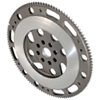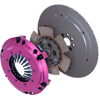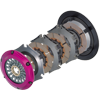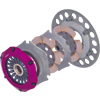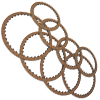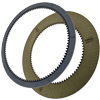-

- Corporate
- Products
- Technical
- Dealers
- Contact Us
-
- Eng
How to Avoid the Top Three Clutch Installation Issues
Posted on Thu 17th Aug 2017
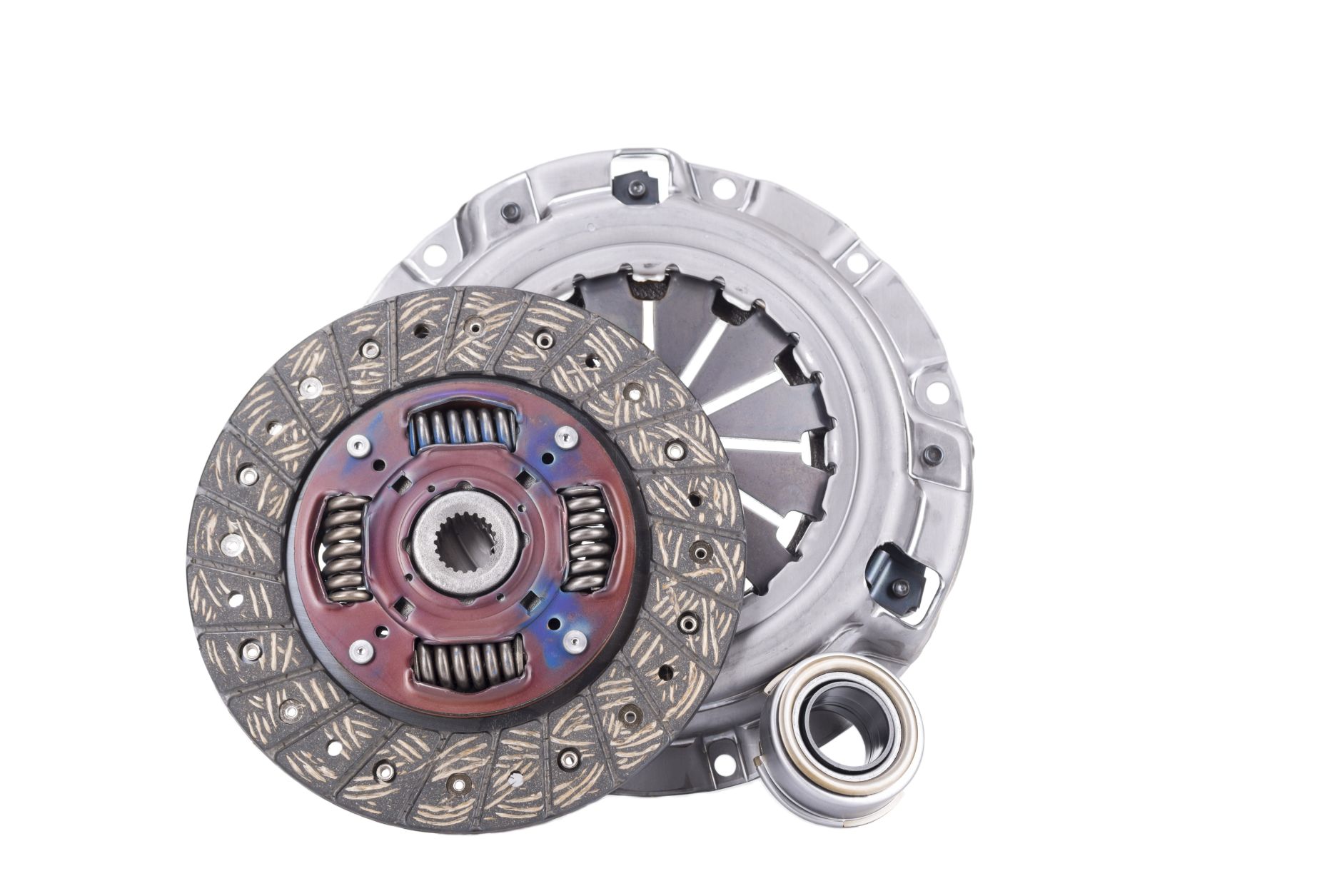
The most important part of any clutch system repair begins with the initial diagnosis. The primary cause of complaint must be identified correctly, along with any secondary or related concerns, prior to replacing or repairing any components. For example: a clutch might be slipping because it is old and excessively worn, but this phenomenon may also occur for many other reasons (such as grease or oil contamination, release mechanism problems, driver error/abuse, or an incorrect flywheel profile). If the initial diagnosis is not correct, then, despite repair work having been carried out, the vehicle will still be in a state of disrepair. The inevitable consequence of which is usually the premature failure of the replacement clutch.
EXEDY Clutch Europe Ltd. always recommends following vehicle manufacturers' individual clutch installation instructions, unless the kit selected requires a different procedure, in which case any special instructions required will be provided within the kit.
As with most things in life, prevention is better than cure, so here are the top three installation errors we encounter, along with sure fire ways to avoid them:-
1) The application of excess spline hub grease, or an incorrect grade of grease during installation.
This is a very easy mistake to make, which can result in contamination of the friction surfaces, leading to the clutch slipping and/or juddering. Simply apply a small amount of suitable high melting point spline grease to the input shaft, the splined hub, the fork (where it contacts with the releaser) and the fork pivot surface. Then slide the friction disc onto the input shaft, remove and wipe off any excess grease before installation.
2) Misalignment of the engine and transmission.
This can occur for various reasons, including: hanging the gearbox during installation; forcing the gearbox input shaft during installation; a worn or missing pilot bush (spigot bearing); warping of an alloy gearbox bell-housing; damaged or missing gearbox dowel pins; interference between the gearbox and engine mating surfaces caused by dirt or grease accumulation, metal chips, or even by wiring and pipework clips.
To avoid this, it is important to degrease and inspect the gearbox bell-housing thoroughly, ensure a transmission jack is used correctly, and use the relevant clutch alignment tool during installation.
3) Releaser installation and associated release mechanism faults.
It can be very easy to overlook installation errors or incorrectly assume that there are no problems present in this area. Thoroughly inspect the gearbox bearing guide tube, the fork or lever and the cable or hydraulics system for any wear or visible faults. Always follow vehicle manufacturers' recommendations when adjusting or replacing the bearing, the cable or any hydraulics components. Check for any clutch travel adjustment required upon clutch replacement. This may be necessary dependent on the vehicle.
If you encounter a problem or are unsure about something, seek advice before proceeding. Most automotive manufacturers will have a technical hotline or website providing useful information; you can contact EXEDY Clutch Europe Ltd. via [email protected] or call 01928 571850.
Author: Chris Riley (Technical Dept.)
Published by Andy Nelson
Share this article on:
Blog Search
Recent Posts
-
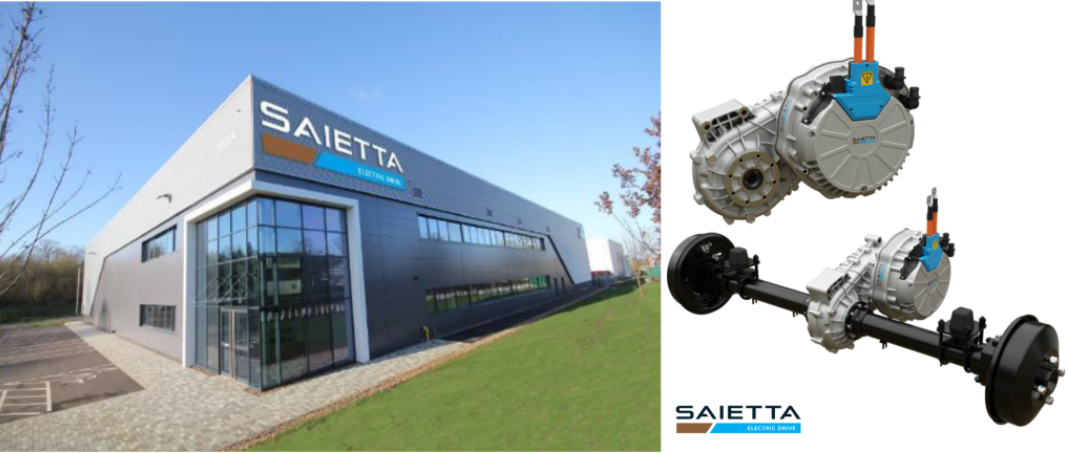
EXEDY has acquired the assets and intellectual property rights of Saietta Group PLC
26-04-2024 37
-

Time Attack - Drift Pro Championship - Racing Honda Championship
22-04-2024 46
-
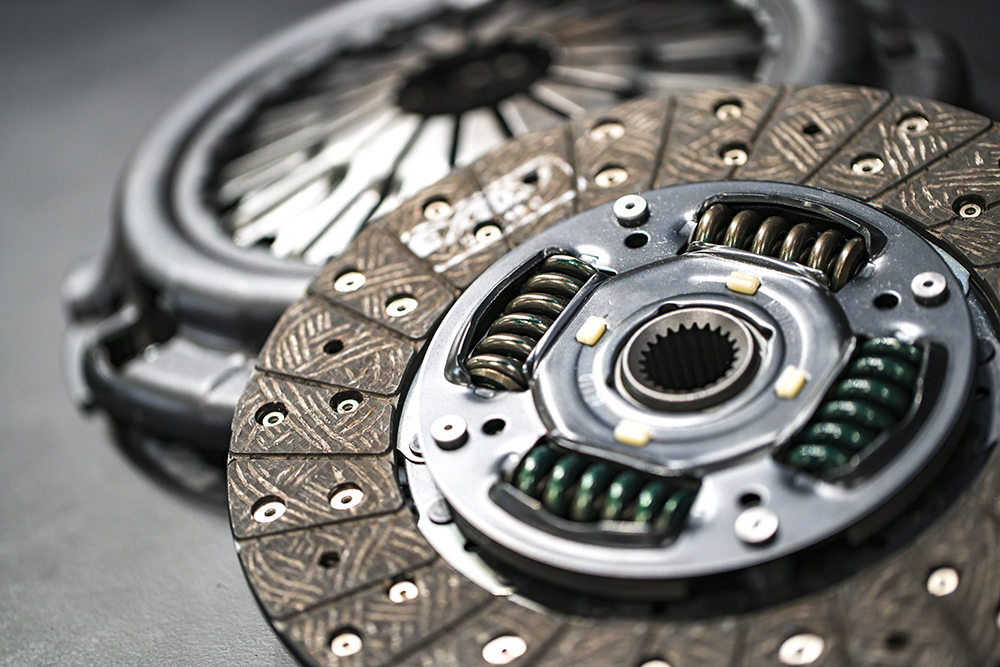
New to Range
08-11-2017 13
-
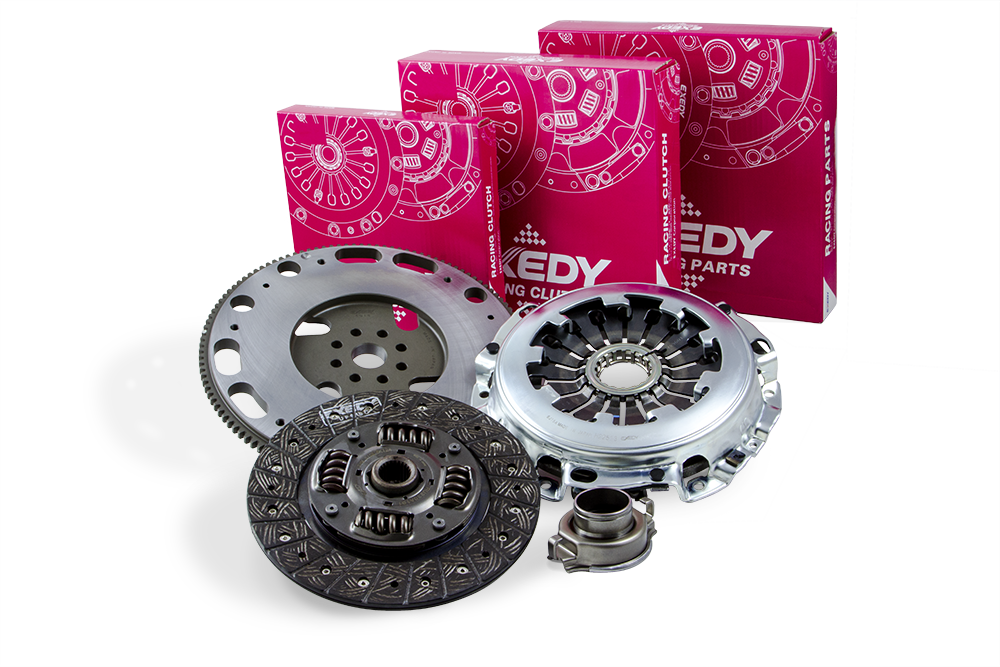
New to Range - Stage 1 Organic Plus
05-09-2017 51
-
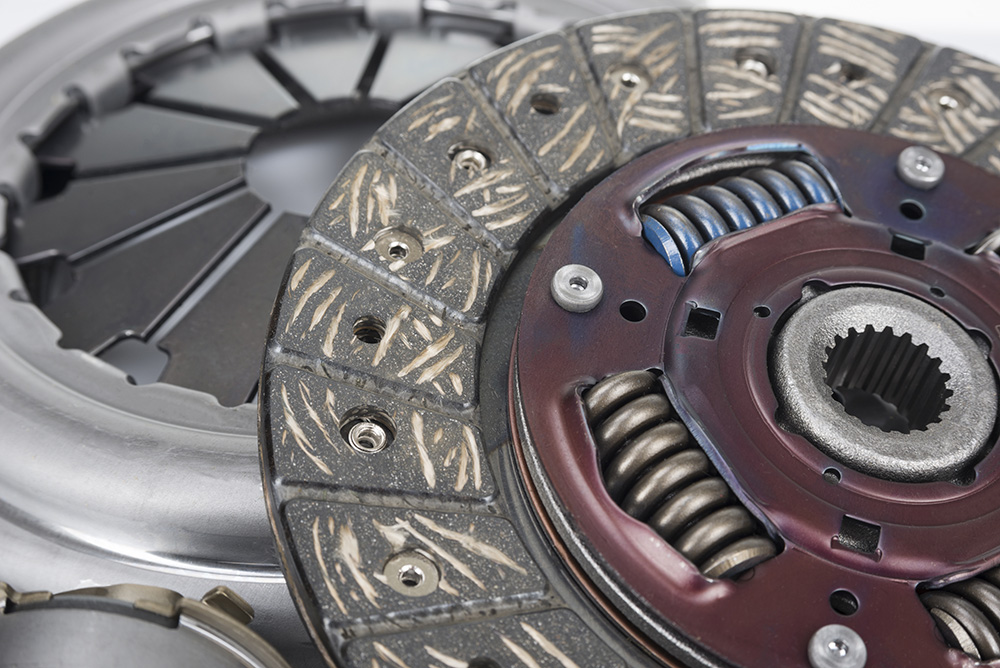
The Difference Between OE and "OE Quality"
21-08-2017 27
Office open hours
MON - FRI: 8:30AM - 5PM
Company Contact Details
-
- EXEDY Clutch Europe Ltd.
- Unit 2, Rokeby Court,
- Runcorn,
- United Kingdom,
- WA7 1RW













